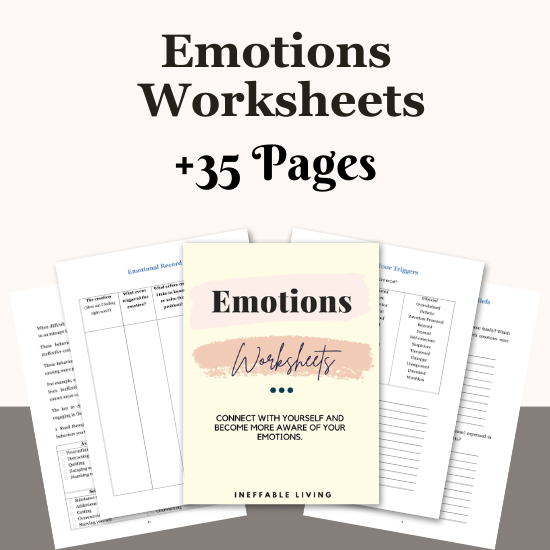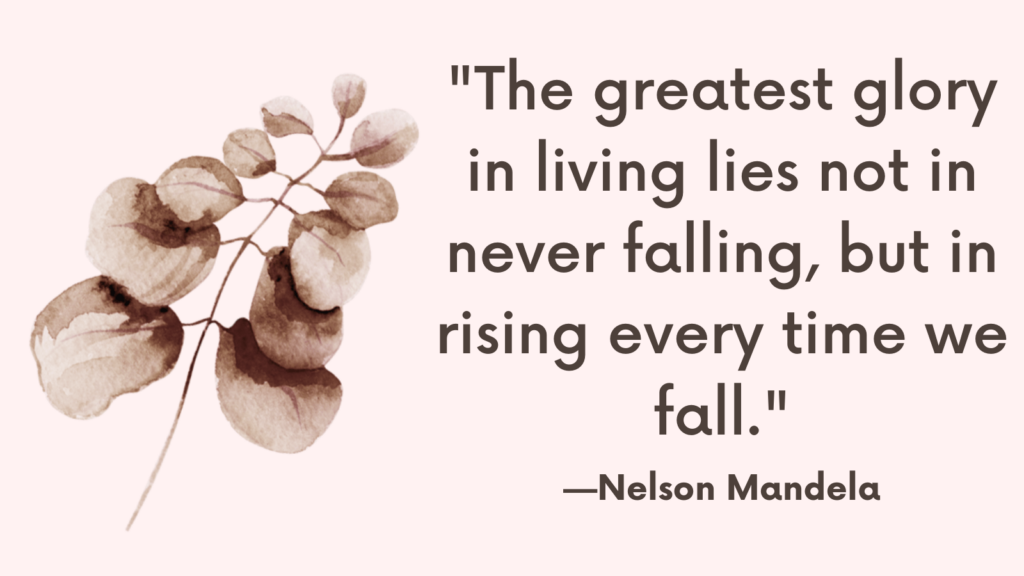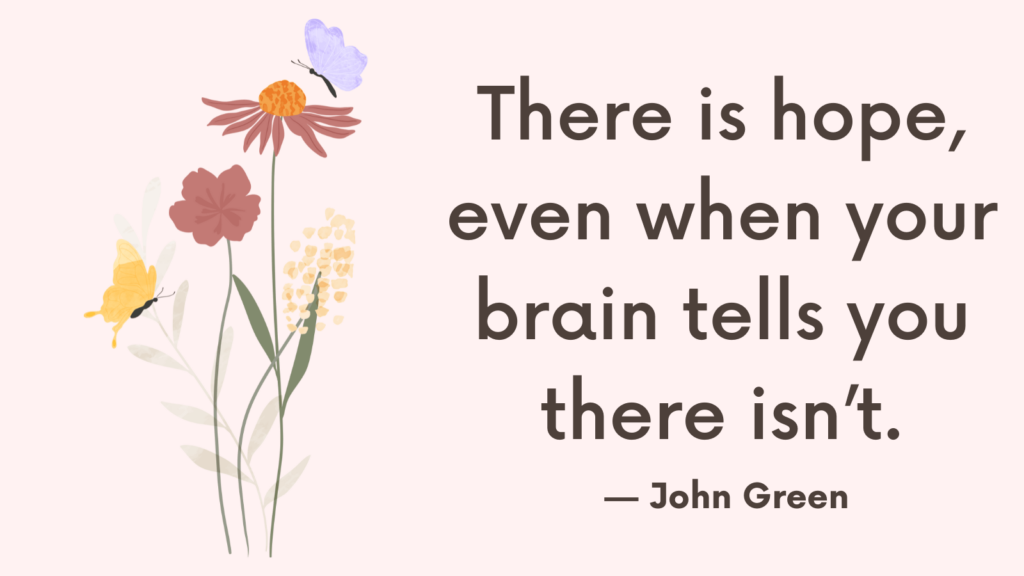In this post, you’re going to learn how to release emotions trapped in your body.
The traditional psychological approach has often emphasized that changing our thoughts can change our feelings.
This notion holds truth, but it’s only part of the story.
What’s often overlooked is that the older, more instinctual parts of our brain play a significant role in our emotional lives, and modern research into trauma and anxiety has shown that the nervous system essentially runs the show.
Understanding how to manage and release emotions trapped within our bodies can lead to clearer thinking, improved emotional processing, and overall better mental health.
The Dual States of the Nervous System
Our nervous system operates in two primary states: the sympathetic nervous system (SNS) and the parasympathetic nervous system (PNS).
The SNS prepares us to “fight, flight, or freeze” in response to perceived threats, triggering physiological changes that ready us for action.
Conversely, the PNS, which can be remembered as the “parachute” of the nervous system, helps slow things down, promoting a state of calm and enabling our bodies to rest and digest.
The Importance of Balancing these States
A healthy nervous system is capable of toggling between these states, responding to threats when necessary, and then returning to a calm state.
However, when we experience chronic stress or trauma, this balance is disrupted, and our bodies may remain in a heightened state of alert, making it difficult to return to calm.
Over time, this imbalance can lead to physical manifestations of stress, such as muscle tension and chronic pain, as well as emotional disturbances like anxiety and depression.
Related: Emotional Dysregulation Test [A Quick Test]
How To Release Emotions Trapped In Your Body?
Understanding how to release these trapped emotions involves learning to activate the PNS more effectively. Here are some techniques that can help in rebalancing your nervous system:
1. Physical Movement
– Shaking: Following trauma, animals often shake to discharge excess energy. Humans can benefit similarly. Gentle shaking of the limbs can help release muscle tension and reduce the physiological imprint of stress.
– Dancing: Putting on music and allowing your body to move freely can be incredibly therapeutic. It not only helps in releasing trapped emotions but also boosts endorphin levels, enhancing your mood.
2. Breathing Exercises
– Diaphragmatic breathing: Also known as belly breathing, this involves breathing deeply into the belly rather than shallow breaths into the chest.
– 4-7-8 breathing technique: Breathe in for 4 seconds, hold the breath for 7 seconds, and exhale slowly for 8 seconds. This technique is particularly effective in reducing anxiety and inducing sleep.
– Sighing: Sometimes, a deep sigh is a natural reset for the nervous system. Intentional sighing every few hours can help maintain a balanced emotional state.
Related: Dysregulated Nervous System: Top 9 Signs & How to Heal
3. Progressive Muscle Relaxation (PMR)
PMR involves tensing and then relaxing different muscle groups in the body, which can enhance relaxation and activate the PNS:
– Start by tensing the muscles in your feet and gradually work your way up to your neck and head.
– Tense each muscle group for about five seconds and then relax for 30 seconds, noticing the warmth and relaxation in each muscle group.
4. Mindfulness and Meditation
Regular mindfulness practice can increase your awareness of when you’re holding tension or suppressing emotions.
Guided meditations that focus on scanning and relaxing different parts of the body can be especially helpful in identifying and releasing emotional blockages.
Related: Best 8 Mindfulness Exercises For Adults That Will Help You Regulate Your Emotions
5. Guided Imagery
Engaging in guided imagery can divert your mind from stressors and trigger the relaxation response:
Visualize a peaceful place, like a beach or a quiet forest. Use all your senses to imagine the scene vividly.
This practice not only activates the PNS but can also help in releasing emotional tension.
6. Nature Exposure
Spending time in nature can significantly reduce stress and promote relaxation.
Even short periods spent in green spaces or sitting by a body of water can help reset your nervous system.
Related: The Big List of Emotions
7. Professional Therapies
– Somatic Experiencing: Developed by Peter Levine, this is a body-oriented therapeutic model that helps relieve and resolve the symptoms of PTSD and other emotional traumas.
– EMDR (Eye Movement Desensitization and Reprocessing): This psychotherapy treatment is designed to alleviate the distress associated with traumatic memories.
– Emotional Freedom Technique (EFT): Also known as tapping, EFT involves tapping on specific points on the body while talking through traumatic memories.
8. Adequate Sleep
Ensuring you get enough sleep is vital for the PNS, as it helps regulate stress hormones and maintains your body’s balance:
Create a bedtime routine that encourages relaxation, such as reading a book or taking a warm bath.
Related: Am I Sleep Deprived Quiz (+Top Tips On How To Get Quality Sleep & Stop Bad Dreams)
9. Healthy Social Interactions
Engaging positively with others can stimulate the PNS and enhance your emotional well-being:
Spend time with loved ones or engage in community activities, which can help release positive hormones and reduce stress.

Conclusion
Releasing emotions trapped in the body isn’t a one-time event but a continuous journey.
Incorporating regular practices that help maintain the health of the nervous system can lead to sustained improvements in both physical and mental health.
Remember, the goal isn’t just to activate or calm the nervous system in isolation but to establish a flexible flow between states of alertness and relaxation, reflecting a responsive and resilient nervous system.



